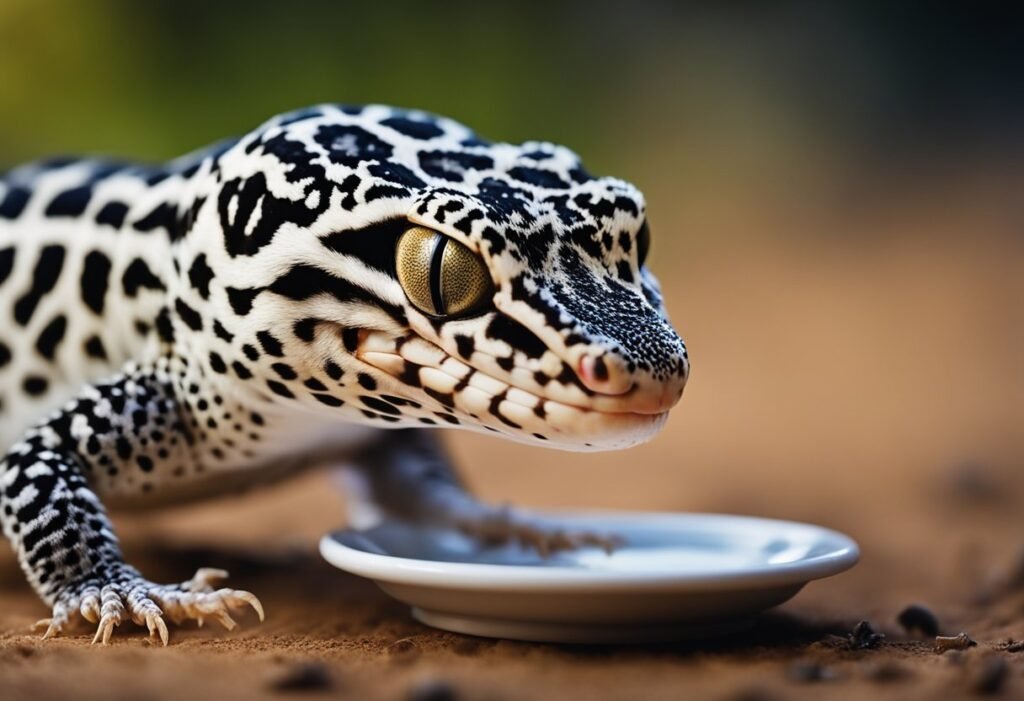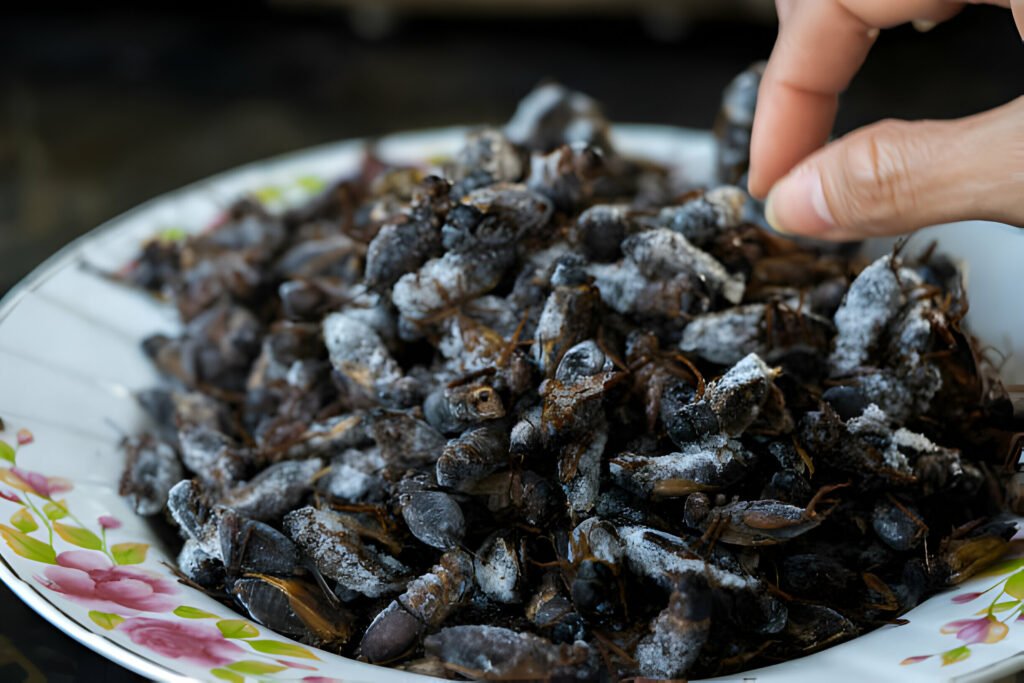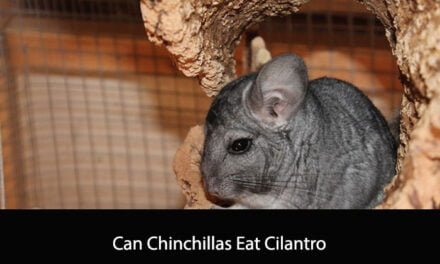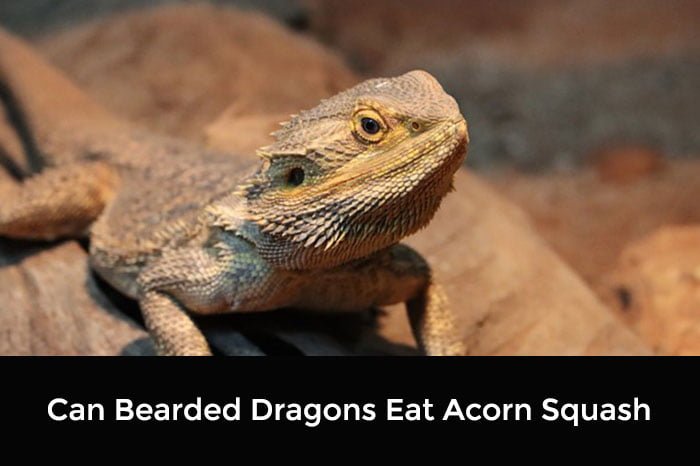Leopard geckos are one of the most popular pet reptiles due to their small size, ease of care and unique personalities. As with any pet, it is important to provide them with a balanced diet that meets their nutritional needs. One common question among leopard gecko owners is whether or not they can eat frozen crickets.
The short answer is yes, leopard geckos can eat frozen crickets. In fact, many leopard gecko owners prefer to feed their pets frozen crickets because they are convenient and easy to store. However, it is important to note that not all frozen crickets are created equal. Some brands may not provide the same nutritional value as live crickets, and it is important to choose a high-quality brand. Additionally, it is important to properly thaw the crickets before feeding them to your leopard gecko.
Leopard Gecko Diet Basics

Leopard geckos are insectivores, meaning they primarily eat insects. In captivity, they can be fed a variety of insects including crickets, mealworms, waxworms, and superworms. It’s important to vary their diet to ensure they receive a balanced mix of nutrients.
When feeding leopard geckos, it’s important to consider the size and type of insect being offered. The size of the insect should be appropriate for the size of the gecko, as larger insects can be difficult for them to digest. Additionally, some insects, such as mealworms, have a hard exoskeleton that can be difficult for geckos to digest and may cause impaction.
Frozen crickets can be a convenient option for feeding leopard geckos, as they can be stored in the freezer and thawed as needed. However, it’s important to note that frozen crickets may not be as nutritious as live crickets, as the freezing process can break down some of the nutrients.
When feeding frozen crickets, it’s important to thaw them completely and warm them up before offering them to the gecko. This can be done by placing them in a plastic bag and submerging them in warm water for a few minutes.
Overall, a varied diet of appropriately sized live insects is the best option for feeding leopard geckos. While frozen crickets can be a convenient option, they should not be the sole source of food for these reptiles.
Benefits of Feeding Frozen Crickets
When it comes to feeding our leopard geckos, there are many options available, including live and frozen insects. In this section, we will discuss the benefits of feeding frozen crickets to our leopard geckos.
Convenience
Feeding frozen crickets is a convenient option for many leopard gecko owners. Frozen crickets can be easily stored in the freezer and thawed out as needed. This means that you don’t have to worry about keeping live crickets alive and healthy, or making trips to the pet store to purchase them.
Nutritional Value
Frozen crickets are just as nutritious as live crickets, and they provide a good source of protein for your leopard gecko. They are also a good source of calcium, which is important for the health of your gecko’s bones and teeth.
Reduced Risk of Parasites
One of the biggest concerns with feeding live insects to your leopard gecko is the risk of parasites. Frozen crickets are sterilized before they are packaged, which means that they are free of parasites and other harmful bacteria.
Cost-Effective
Feeding frozen crickets can be a cost-effective option for leopard gecko owners. While the initial cost of purchasing frozen crickets may be higher than purchasing live crickets, frozen crickets can be stored for longer periods of time, which means that you can purchase them in bulk and save money in the long run.
In summary, feeding frozen crickets to your leopard gecko is a convenient, nutritious, and cost-effective option. It also reduces the risk of parasites and other harmful bacteria.
How to Safely Thaw Frozen Crickets

Thawing frozen crickets is an important step in preparing them for your leopard gecko. Here are some tips to ensure that you thaw them safely:
- Plan ahead: Make sure to plan ahead and take the frozen crickets out of the freezer well before you plan to feed your leopard gecko. This will give them enough time to thaw completely.
- Use warm water: Place the frozen crickets in a plastic bag and submerge them in warm water. This will help to speed up the thawing process. Make sure the water is not too hot, as this can cause the crickets to cook and lose their nutritional value.
- Avoid microwaving: While it may be tempting to use a microwave to thaw frozen crickets quickly, this can be dangerous. The heat can cause the crickets to explode and potentially harm your leopard gecko.
- Dry them off: Once the crickets are thawed, remove them from the plastic bag and dry them off with a paper towel. This will help to remove any excess moisture and prevent them from becoming too slippery for your leopard gecko to catch.
By following these simple steps, you can safely thaw frozen crickets for your leopard gecko. Remember to always handle them with care and ensure that they are fully thawed before feeding them to your pet.
Feeding Techniques for Leopard Geckos
When it comes to feeding leopard geckos, there are a few techniques that can be used to ensure that they receive the proper nutrition. One popular option is to feed them frozen crickets.
To begin with, it is important to make sure that the frozen crickets are properly thawed before feeding them to the gecko. This can be done by placing them in a container and allowing them to thaw at room temperature.
Once the crickets are thawed, they can be offered to the gecko using feeding tongs. It is important to make sure that the gecko is able to see the cricket, as this will help to stimulate their natural hunting instincts.
If the gecko is hesitant to eat the frozen crickets, it may be helpful to offer them a live cricket first. Once they have eaten the live cricket, they may be more willing to try the frozen ones.
It is also important to make sure that the gecko is receiving a balanced diet that includes other food items, such as mealworms and waxworms. This will help to ensure that they are receiving all of the necessary nutrients.
Overall, feeding leopard geckos frozen crickets can be a great way to provide them with a nutritious diet. By following these simple feeding techniques, we can help to ensure that our geckos are healthy and happy.
Frequency and Quantity of Frozen Crickets
When feeding leopard geckos frozen crickets, it is important to consider both frequency and quantity. Providing too many or too few crickets can lead to health problems for your gecko.
We recommend feeding adult leopard geckos 3-4 appropriately sized frozen crickets every other day. Juvenile leopard geckos should be fed daily, with 4-6 appropriately sized frozen crickets. It is important to monitor your gecko’s weight and adjust the quantity of crickets accordingly.
Overfeeding can lead to obesity, while underfeeding can lead to malnutrition. It is important to strike a balance and provide your gecko with a varied diet that includes other insects and occasional treats such as waxworms.
In addition to quantity, frequency is also important. Feeding frozen crickets every day can lead to boredom and a lack of interest in other food items. We recommend alternating between different insects and feeding frozen crickets every other day to ensure a varied and balanced diet.
Overall, providing the appropriate quantity and frequency of frozen crickets is important for the health and well-being of your leopard gecko.
Potential Risks of Feeding Frozen Crickets
When it comes to feeding leopard geckos, it is important to consider the potential risks of using frozen crickets as a food source. While frozen crickets may seem like a convenient and cost-effective option, there are some potential downsides to this feeding method that should be taken into account.
One of the main concerns with feeding frozen crickets is the risk of nutrient loss. Freezing can cause a loss of nutrients in the crickets, which can impact the overall nutritional value of the food source. This could potentially lead to nutrient deficiencies in your leopard gecko if frozen crickets are the sole food source.
Another potential risk of feeding frozen crickets is the risk of bacterial contamination. Improper handling or storage of frozen crickets can lead to the growth of harmful bacteria, which could make your leopard gecko sick if ingested. It is important to ensure that any frozen crickets you use are stored and handled properly to minimize this risk.
Finally, some leopard geckos may simply prefer live prey over frozen crickets. While some geckos may readily accept frozen crickets as a food source, others may refuse to eat them. This could potentially lead to feeding issues and weight loss if the gecko is not receiving adequate nutrition.
Overall, while frozen crickets can be a convenient and cost-effective option for feeding leopard geckos, it is important to consider the potential risks before making them a staple of your gecko’s diet.
Nutritional Considerations for Leopard Geckos
As responsible pet owners, we want to ensure that our leopard geckos receive a well-balanced diet that meets their nutritional needs. When it comes to feeding our geckos, it is important to consider the nutritional value of the food we offer.
Leopard geckos are insectivores, which means they require a diet high in protein. Crickets are a popular food choice for leopard geckos, but what about frozen crickets?
Frozen crickets can be a convenient option for pet owners, but it is important to note that they may not be as nutritionally beneficial as live crickets. This is because frozen crickets lose some of their nutritional value during the freezing and thawing process.
In addition, frozen crickets may not provide the same level of enrichment for our geckos as live crickets do. Hunting and catching live prey can provide mental and physical stimulation for our geckos, which is important for their overall well-being.
While frozen crickets may be a convenient option for occasional use, we should aim to provide our leopard geckos with a variety of live insects to ensure they receive a well-balanced diet. Some other suitable options include mealworms, waxworms, and dubia roaches.
It is also important to dust our gecko’s food with a calcium supplement to prevent calcium deficiency and ensure proper bone health. This can be done by lightly dusting the insects with a calcium powder before feeding them to our geckos.
Overall, while frozen crickets may be a convenient option for pet owners, it is important to consider the nutritional value and enrichment opportunities when feeding our leopard geckos.
Alternative Food Options for Leopard Geckos
As much as leopard geckos adore crickets, there are other food options available that can provide a more balanced diet. Here are some alternative food options for leopard geckos:
Mealworms
Mealworms are a popular and readily available food option for leopard geckos. They are high in protein and fat, making them a great source of energy. Mealworms are also easy to digest, which is important for leopard geckos that are prone to digestive issues.
Waxworms
Waxworms are another popular food option for leopard geckos. They are high in fat and low in protein, so they should be fed in moderation. Waxworms are a great treat for leopard geckos, but they should not be a staple food source.
Dubia Roaches
Dubia roaches are a nutritious food option for leopard geckos. They are high in protein and low in fat, making them an excellent source of nutrition. Dubia roaches are also easy to digest, which is important for leopard geckos that are prone to digestive issues.
Silkworms
Silkworms are a nutritious and low-fat food option for leopard geckos. They are high in protein and calcium, making them an excellent source of nutrition. Silkworms are also easy to digest, which is important for leopard geckos that are prone to digestive issues.
In conclusion, there are several alternative food options available for leopard geckos besides frozen crickets. It is essential to provide a balanced diet to ensure the health and well-being of your leopard gecko. By incorporating these alternative food options, you can provide your leopard gecko with a diverse and nutritious diet.
Monitoring Your Leopard Gecko’s Health

As responsible pet owners, it is important to monitor our leopard geckos’ health regularly. Below are some signs to look out for that may indicate a health issue:
- Loss of appetite: Leopard geckos are known for their hearty appetite, so a sudden loss of appetite could be a sign of an underlying issue.
- Weight loss: If you notice your leopard gecko losing weight, it could be a sign of illness or stress.
- Lethargy: A lack of energy or activity can indicate a health problem.
- Abnormal feces: Keep an eye on your leopard gecko’s feces for any abnormalities such as diarrhea or blood.
- Skin problems: Any changes in your leopard gecko’s skin, such as discoloration or lesions, should be monitored closely.
In addition to these signs, it is important to ensure that your leopard gecko is receiving a balanced diet. While frozen crickets can be a convenient option, it is important to ensure that they are properly supplemented with vitamins and minerals. Consult with a veterinarian or do your own research to ensure that your leopard gecko is receiving the proper nutrition.
Regular check-ups with a veterinarian can also be beneficial in maintaining your leopard gecko’s health. They can provide guidance on proper nutrition, identify any health issues early on, and offer treatment options if necessary.
By monitoring your leopard gecko’s health and providing proper care, you can ensure a happy and healthy life for your beloved pet.
Frequently Asked Questions
Is it safe to feed leopard geckos freeze-dried insects?
Yes, it is safe to feed leopard geckos freeze-dried insects, but it is important to make sure they are still getting enough moisture in their diet. Freeze-dried insects lack the moisture content that live insects have, so it is important to provide fresh water at all times and consider supplementing their diet with live insects occasionally.
What is the best diet for a leopard gecko?
The best diet for a leopard gecko consists of live insects such as crickets, mealworms, and dubia roaches. It is important to offer a variety of insects to ensure a balanced diet. Additionally, leopard geckos may benefit from occasional supplementation with calcium and vitamin D3.
Are there any risks associated with feeding leopard geckos dead crickets?
There is a risk of impaction (intestinal blockage) when feeding leopard geckos dead crickets, as they may not digest them as easily as live insects. It is important to monitor your gecko’s behavior and digestive health when feeding dead crickets and to consider offering live insects as well.
Can leopard geckos eat dried mealworms as part of their diet?
Leopard geckos can eat dried mealworms as part of their diet, but they should not be the sole source of food. Mealworms are high in fat and lack certain nutrients that live insects provide, so it is important to offer a variety of insects to ensure a balanced diet.
Do frozen crickets provide the same nutritional value as live ones for leopard geckos?
Frozen crickets can provide the same nutritional value as live ones for leopard geckos if they are properly gut-loaded and dusted with calcium and vitamin D3. However, it is important to monitor your gecko’s behavior and digestive health when feeding frozen crickets and to consider offering live insects as well.
How does feeding freeze-dried crickets to leopard geckos compare to other food options?
Feeding freeze-dried crickets to leopard geckos can be a convenient option, but it is important to ensure they are still getting enough moisture in their diet. Live insects provide more moisture and are generally more nutritious, so it is recommended to offer a variety of live insects in addition to freeze-dried crickets.





